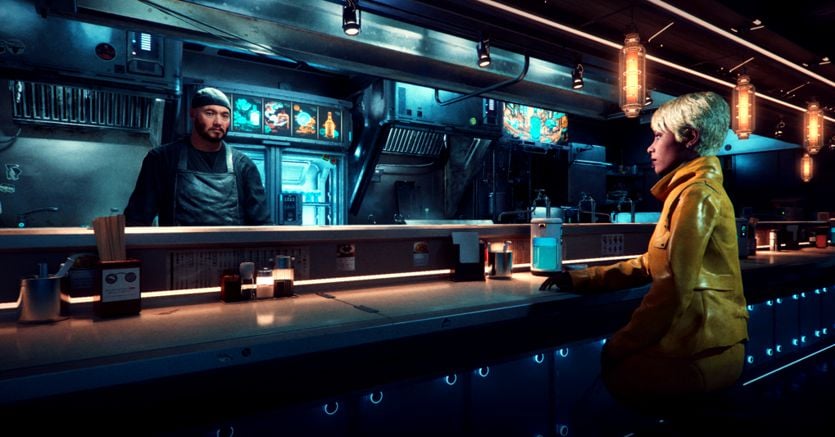Listen to the audio version of the article
In the summer of 2009, Peter Molyneux, a brilliant game designer from Lionhead Studios, presented “Project Milo” on the Microsoft stage in Los Angeles. It was a virtual child, with an approximate age of eleven. Through a device called Kinect, connected to the Xbox 360 console, Milo was able to listen and observe, responding and reacting to what was happening off-screen. Its creator called it a kind of emotional artificial intelligence, marking the first time a video game communicated so directly with the player. However, the project was not completed, being too advanced for the technologies of the time.
Peter Molyneux demos Milo, the virtual boy
Twenty-five years later, at the beginning of the era of generative artificial intelligence, Nvidia unveiled a set of tools at the Consumer Electronic Show in Las Vegas that promise to generate thousands, if not millions, of Milo-like characters. The company, founded by Jensen Huang and with a capitalization of over one trillion dollars thanks to the AI boom, aims to give life and realism to non-playable characters (NPCs) in video games, and to generate avatars capable of communicating and interacting via generative artificial intelligence. A demo presented already in May, created in collaboration with the startup Convai and using the Avatar Cloud Engine for Games (ACE for Games) suite, shows a natural dialogue between a player and the owner of a ramen place. Unlike traditional secondary characters in video games, which are often wooden and limited in dialogue, these new tools allow developers to create avatars with audio-driven facial expressions, automatic voice recognition and real-time interaction capabilities, without a rigid script.
NVIDIA ACE Brings Digital Characters to Life with Generative AI ft. Convai
The cost of integrating these technologies on the hardware remains to be assessed, i.e. how much a video game populated with characters animated by AI will consume. However, generative artificial intelligence promises to reduce production costs and prototyping times by automating some functions. At CES 2024, Sony presented a new system for the creation of space content, consisting of a high-quality XR viewer , aiming at film and video game studios in the creation of high quality 3D content. The impression is that the first experiments capable of combining generative artificial intelligence and virtual reality will arise precisely from the video game industry. The current phenomenon of virtual influencers is just a clue to what is emerging in gaming laboratories.
There is only one problem. Virtual stars like Lil Miquela, Liam Nikuro or the Italian Nefele don’t exist. Exactly like the computer-driven characters we find in video games. Yet they are “real” for many people who will be able to find comfort in these machines. A new generation of synthetic pet beings, capable of crossing platforms and migrating from social media to video games. Not even a genius like Peter Molyneaux could have imagined such a legacy for his little Milo.
